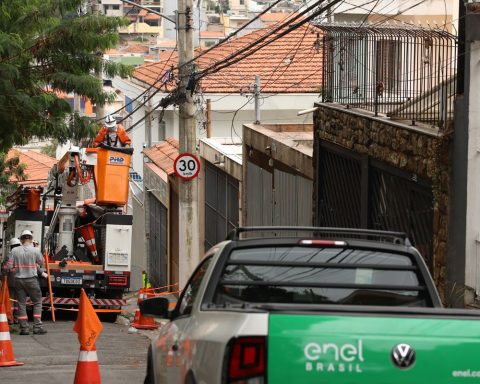Cuba recorded a slight decline in the rate of Child mortality during 2022, closing with 7.5 per thousand live births compared to 7.6 the previous year, according to data of the Ministry of Public Health (MINSAP).
The provinces with the highest rates were Mayabeque (12.2), Santiago de Cuba (9.9), Guantánamo (9.7), Havana (9.5) and Camagüey (9.1).
In contrast, the lowest indices corresponded to the special municipality of Isla de la Juventud (2.6) and to the provinces of Cienfuegos (4.3), Holguín (4.5), Sancti Spíritus (4.7), Matanzas (5.0), Artemisa (5.4) and Pinar del River (5.9).
One of the most sensitive and decisive for the future of the country is the Maternal and Child Care Program ????, which had the support of the Government and the @MINSAPCuba in order to guarantee the well-being of children, pregnant women and puerperal women.
? https://t.co/IrdXaBrYiw pic.twitter.com/pOsnflQRXA
— Ministry of Public Health of Cuba (@MINSAPCuba) January 2, 2023
In the case of deaths of infants under one year of age, the main causes were perinatal conditions, mainly related to low birth weight; prematurity and intrauterine growth retardation, in addition to congenital malformations and sepsis according to reports.
Cuba has maintained for years one of the lowest infant mortality rates in the American continent, which in 2017 and 2018 were 4.0; in 2019 (5.0); in 2020 (4.9), and in the last two years it reported 7.6 and 7.5, says the agency Eph.
Regarding maternal mortality, in 2022 there were 39 deaths, 136 less than the previous year (175), when there was a “disproportionate” increase that the authorities attributed to the COVID-19 pandemic.
The head of the National Group of Gynecology and Obstetrics, Danilo Nápoles Méndez, explained that the actions developed to reduce maternal mortality were mainly aimed at preparing and updating professionals.
The report details that since the beginning of the pandemic, 9,874 positive cases of COVID-19 have been confirmed, including 8,614 pregnant women and 1,260 puerperal women (up to six weeks after delivery).
They also affirm that after vaccination with Abdala, in July 2021, the number of serious and critical cases was significantly reduced, and the last death was registered in October of that year, for a lethality of 0.9.
Comparatively with previous years, they remember that this indicator behaved in 2020 with 42 maternal deaths, and 41 in 2019.
The birth figures continued to fall in 2022 on the Island, where 95,402 babies were born alive, 3,694 less than in 2021 (99,093) babies, which reinforces the trend towards population aging and the forecast that it will be one of the countries with the highest number of older adults by 2050.
The figures up to 2021 have revealed that the degree of aging is 21.6%, the birth rate is 8.9 per 1000 inhabitants and the fertility values reached their lowest number in the last 60 years, according to data from the Center for the Study of Population and Development (CEPDE) cited by the Spanish source.
EFE/OnCuba.
















